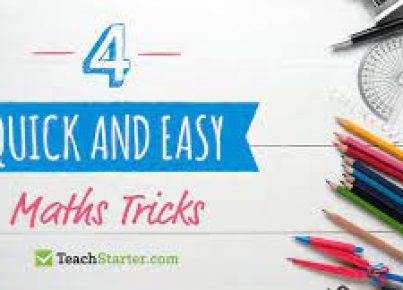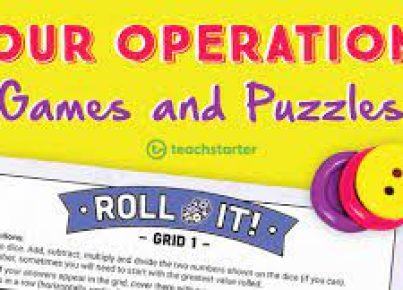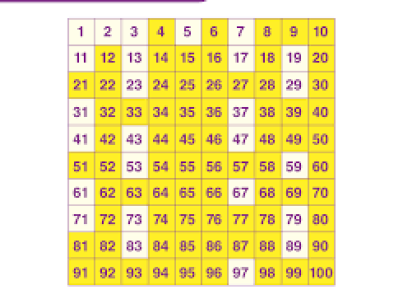Introduction:
Middle school is a critical stage where students build a strong foundation in mathematics. As educators, it can be challenging to address the individual needs of learners, especially when it comes to teaching math. One approach teachers can use to meet the diverse needs of their students is differentiation. In this article, we discuss with leading experts about differentiation strategies that are effective for middle school math classrooms.
Differentiation Defined:
Differentiation is a teaching method that involves tailoring instruction to meet the unique needs of each learner. It enables educators to facilitate every student’s growth by addressing individual strengths and weaknesses. In middle school math, differentiation strategies typically include varying content difficulty, incorporating multiple learning modalities, and adjusting instructional pacing.
Content Differentiation Tips from the Experts:
1. Pre-assessments: Use various pre-assessment tools such as questionnaires, quizzes, or interviews to determine each student’s current understanding of mathematical concepts. This information will guide you in modifying the content for different ability levels.
2. Tiered Assignments: Create assignments with different levels of complexity and depth so students can work on tasks that align with their current skill level.
3. Manipulatives and Visual Aids: Choose manipulatives and visual aids that cater to diverse learning modalities. These tools support kinesthetic learners while providing visual representation for those who learn best through visuals.
4. Flexible Grouping: Organize students into small groups based on their current mastery level or learning preference. This enables targeted instruction and allows students to collaborate with peers who share similar abilities or learning preferences.
Process Differentiation Strategies:
1. Varied Questioning Techniques: Use various questioning techniques like open-ended questions, prompts, or probing questions to stimulate individual thought processes during class discussions.
2. Scaffolding Strategies: Provide support through scaffolding techniques such as step-by-step instructions, models or examples, graphic organizers, or mnemonic devices to assist struggling students in understanding complex concepts.
3. Multiple Learning Modalities: Incorporate activities that address different learning styles including auditory, visual, and kinesthetic approaches.
4. Flipped Classroom: Implement a flipped classroom model where students learn new concepts at home through videos or readings and apply their knowledge through collaborative activities during class time.
Assessment Differentiation Techniques:
1. Choice Boards: Allow students to choose from various assessment options that show their understanding of the content. Choice boards can include written essays, oral presentations, hands-on projects, or even artwork.
2. Rubrics: Develop comprehensive rubrics with clearly defined expectations for each assessment, allowing students to understand what is required to achieve success.
3. Differentiated Testing: Create modified versions of a test with varying question formats and difficulty levels, adjusting the requirements for each student based on their individual needs.
Conclusion:
Differentiation in middle school math allows educators to cater to every student’s needs successfully. By incorporating the strategies mentioned above, teachers can create an inclusive environment where all learners thrive and excel in mathematics. As you explore differentiation techniques, remember that collaboration and communication with fellow educators are critical components of refining and perfecting your approach.





